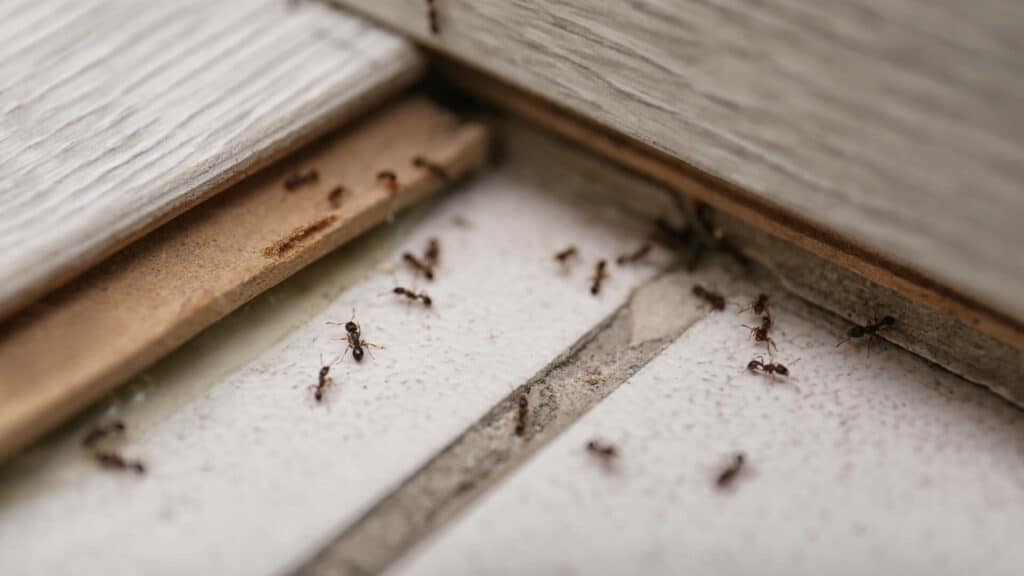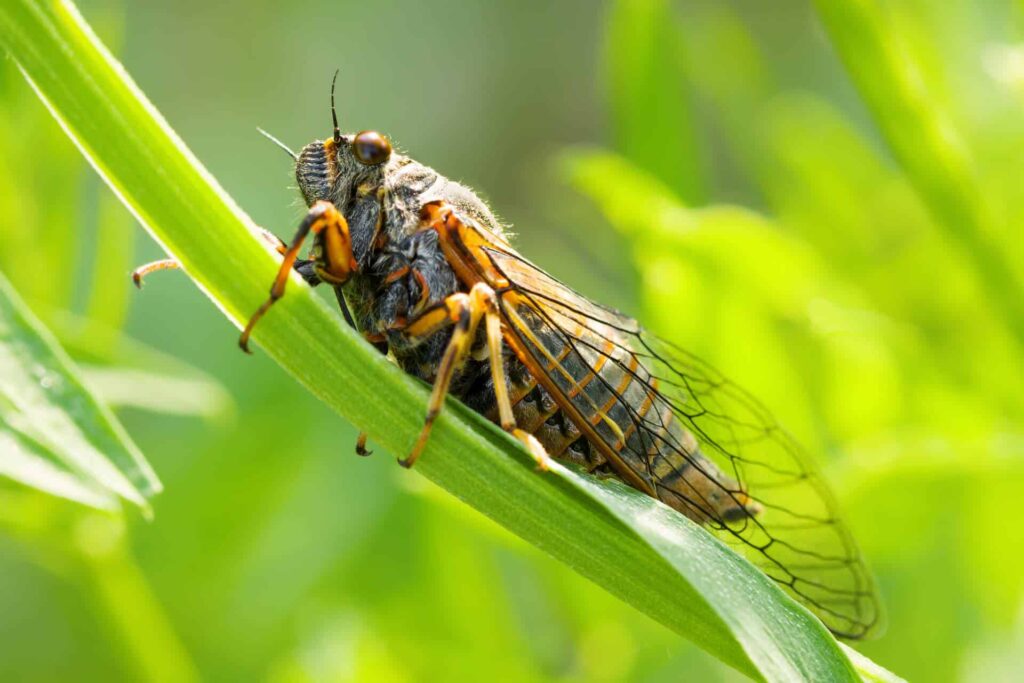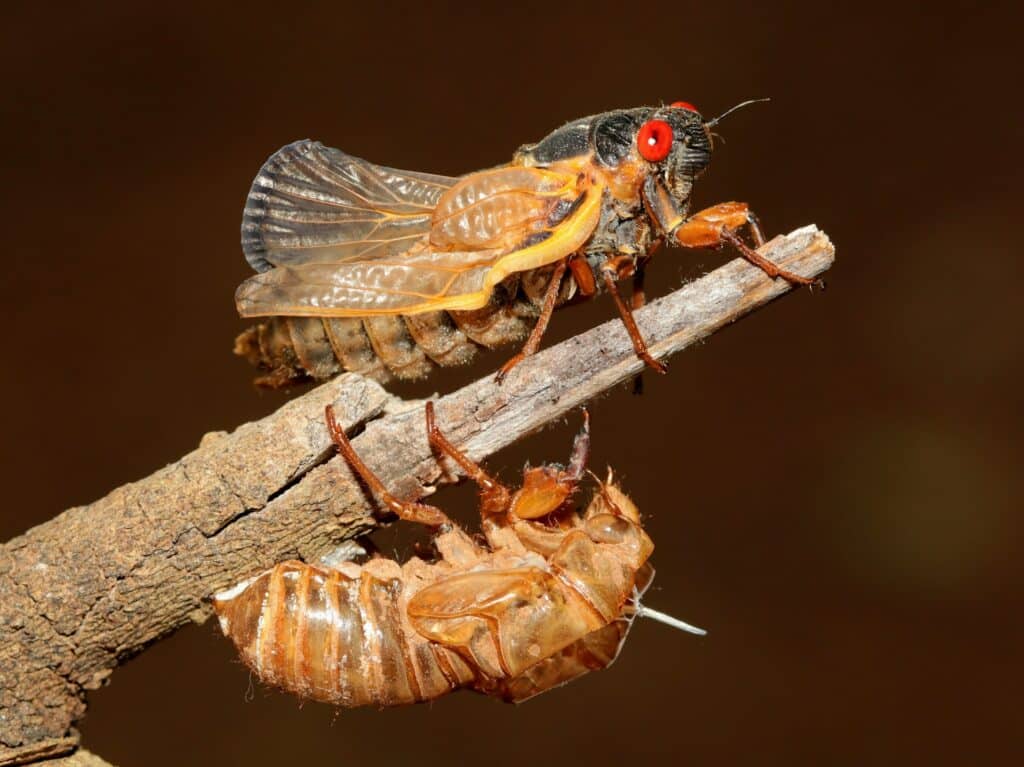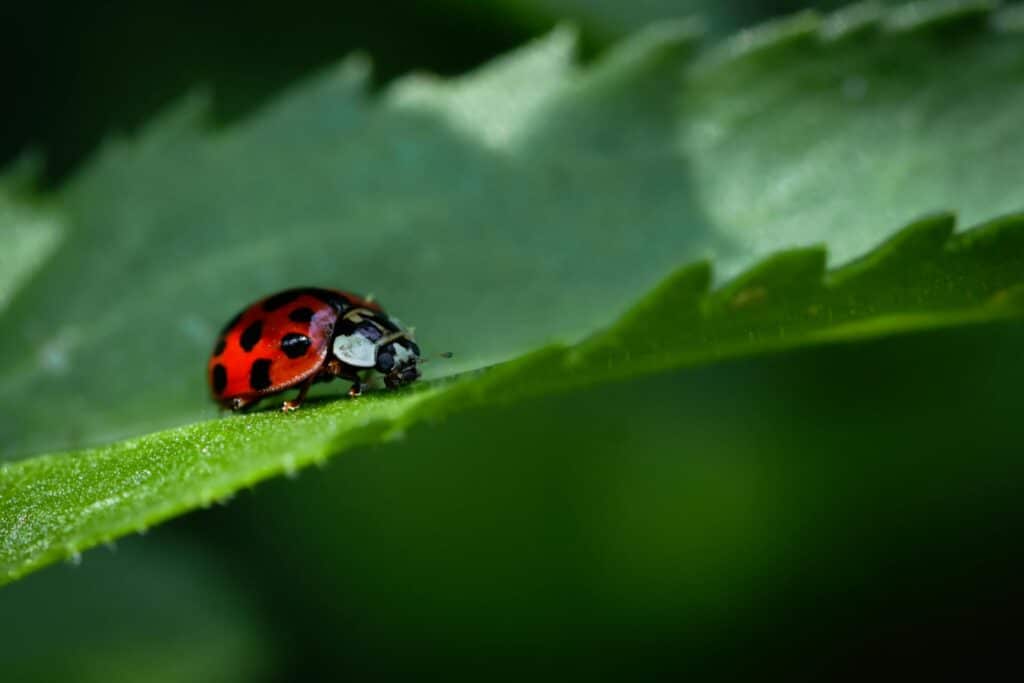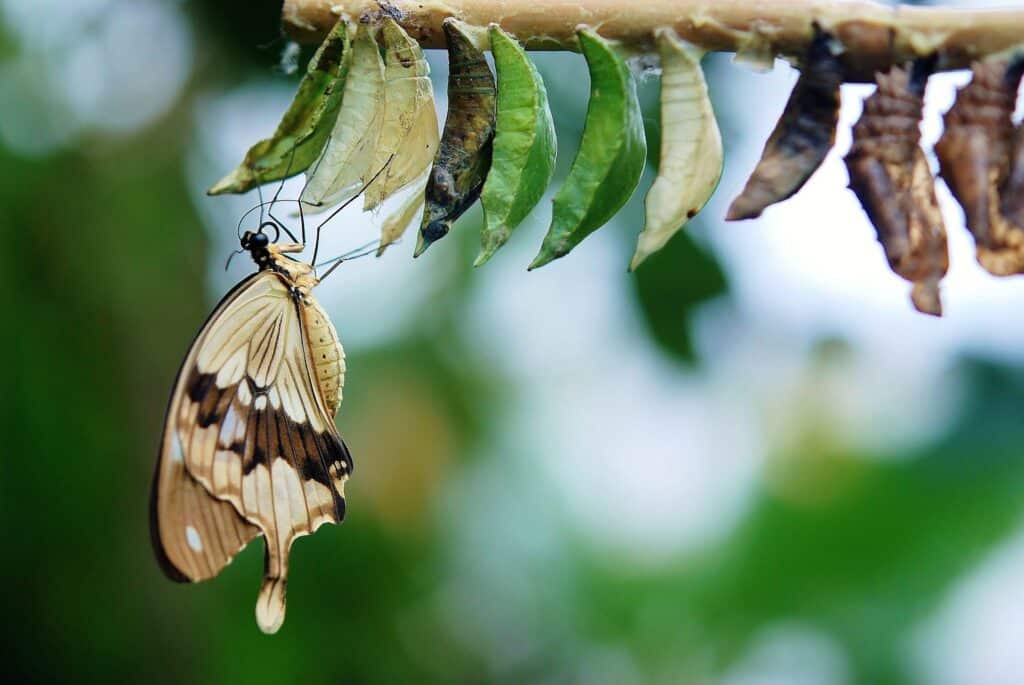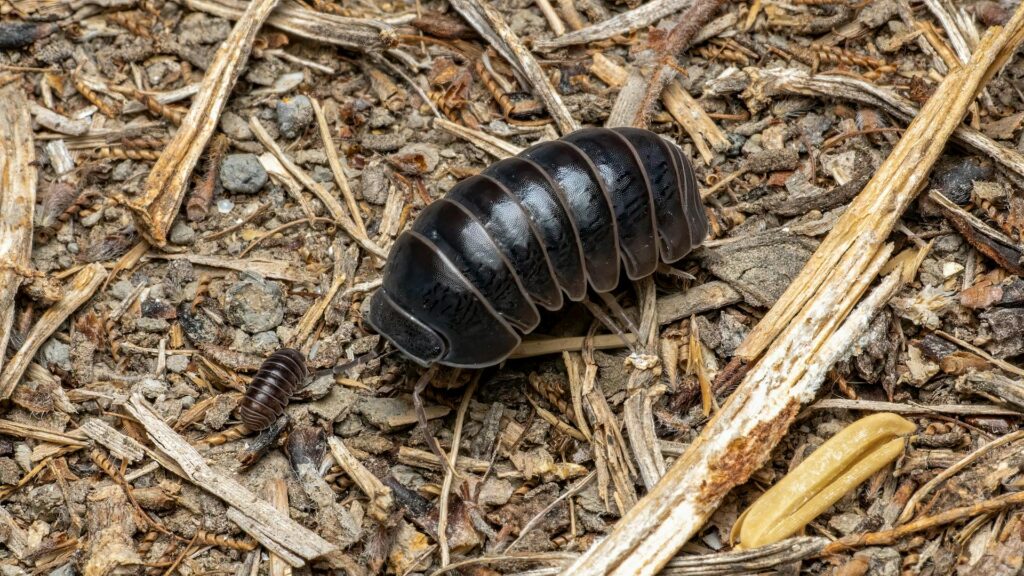You reach for your sealed bag of rice from the pantry, confident that your carefully stored grains remain fresh and pest-free. As you pour the contents into a bowl, movement catches your eye—tiny, dark brown insects crawling slowly through the white grains. Despite purchasing this rice recently and storing it in what appeared to be an intact package, you’re now witnessing clear evidence of an active pantry pest infestation that seems to have materialized from nowhere.
This unsettling discovery represents one of the most common yet misunderstood pest problems affecting modern kitchens. Granary weevils don’t simply appear in stored grains—they arrive as hidden passengers, developing inside individual kernels long before reaching your pantry. Understanding their complex life cycle and behavior patterns helps explain why traditional storage methods often fail and guides more effective stored product weevil control strategies.
What Is a Granary Weevil?
Granary weevils (Sitophilus granarius) are small, destructive beetles measuring 3-5mm long with dark brown to black coloration and distinctive elongated snouts. Unlike many similar pests, they cannot fly due to their fused wing covers, making them exclusively crawling insects that move slowly through stored grains.
These specialized stored grain pests target whole, hard grains like rice, wheat, barley, and corn. Their curved snouts enable precise drilling into individual kernels for feeding and egg-laying. Complete development from egg to adult takes 4-6 weeks, allowing rapid population growth in suitable environments. They prefer dark, undisturbed storage areas away from human activity.
Why They Show Up in Sealed Packages
The most frustrating aspect of granary weevil infestations involves discovering them in seemingly secure packaging. The problem starts long before your pantry—weevils develop hidden inside individual grain kernels throughout the supply chain.
How hidden infestations develop:
- Egg placement: Female weevils drill tiny holes into grain kernels and deposit single eggs inside.
- Invisible development: Larvae feed and grow completely hidden within kernels for 4-6 weeks.
- Sealed emergence: Adults chew exit holes and emerge from hollowed-out grains.
- Supply chain timing: Contamination occurs in storage facilities, processing plants, or warehouses before retail packaging.
Even excellent storage practices cannot prevent infestations that began during agricultural handling and distribution phases.
How to Tell It’s a Granary Weevil
Successful granary weevil management requires accurate species identification since different pantry pests require distinct treatment approaches and prevention strategies. Understanding key distinguishing features prevents misidentification that often leads to inappropriate control measures and continued infestation problems.
Granary weevil identification features:
- Size and shape: 3-5mm length with compact, oval body configuration
- Coloration: Solid dark brown to black without spots, stripes, or pattern variations
- Snout characteristics: Prominent elongated rostrum extending from head region
- Wing development: Completely flightless with fused wing covers preventing flight capability
- Movement patterns: Slow, deliberate crawling with tendency to feign death when disturbed
Comparison with similar species:
Rice weevils display lighter reddish-brown coloration with four distinctive orange or yellow spots on their wing covers, plus functional wings enabling limited flight capabilities. Flour beetles demonstrate flattened body profiles with rapid running movements and reddish coloration, preferring processed flour products over whole grains. Indian meal moths appear as flying insects with distinctive wing patterns, targeting different food sources and displaying completely different life cycle characteristics.
What They Eat and Where They Hide
Granary weevils demonstrate highly specific dietary requirements that focus exclusively on whole, hard grain products with sufficient density to support their specialized feeding and reproductive behaviors. Understanding these preferences helps homeowners identify vulnerable stored products while implementing targeted protection strategies.
Primary target foods:
- Rice varieties: White rice, brown rice, wild rice, and specialty rice products.
- Cereal grains: Wheat berries, barley, oats, and quinoa in whole form.
- Corn products: Popcorn kernels, whole kernel corn, and coarse cornmeal.
- Alternative grains: Buckwheat, millet, and other specialty whole grains.
- Pet foods: Dry dog food, cat food, and bird seed containing whole grains.
Foods they avoid: Granary weevils cannot successfully reproduce in processed products like flour, sugar, dried fruits, nuts, or finely ground meals that lack the structural integrity required for their egg-laying process. They also avoid products with high oil content or chemical preservatives that interfere with their development.
Storage location preferences: These insects actively seek dark, undisturbed areas within pantries, including spaces behind appliance installations, inside rarely accessed storage containers, within bulk food storage areas, and behind packaged goods where human activity remains minimal.
What to Do if You Find Them
Discovering granary weevils requires systematic elimination approaches addressing both visible insects and potential hidden populations throughout affected storage areas. Partial treatment often fails because overlooked infestations quickly repopulate treated spaces with new generations of emerging adults.
Comprehensive elimination steps:
- Complete inventory assessment: Examine all stored grain products regardless of packaging condition or purchase date, as weevils may spread between containers through small gaps or emerge from previously undetected infestations. Check pet foods, bulk storage containers, and forgotten items in rear pantry areas.
- Thorough cleaning protocol: Vacuum all shelf surfaces, corner joints, and crevice areas where grain debris might accumulate and support continued weevil development. Wash all surfaces with warm soapy water, paying particular attention to areas behind and beneath stored containers where insects may hide during daylight hours.
- Strategic disposal decisions: Discard all visibly infested products plus any grain items stored in the same general area, even if no obvious contamination appears. Granary weevils can spread between packages through microscopic gaps, making conservative disposal the most reliable elimination approach.
- Environmental modifications: Remove all food sources for 2-3 weeks to break reproductive cycles, then implement enhanced storage systems using airtight containers made from hard plastic, metal, or glass materials that prevent future access and enable early detection of any remaining activity.
How to Stop It From Happening Again
Effective granary weevil prevention focuses on interrupting their life cycles before reproduction occurs in stored grain products. These proactive approaches address the hidden nature of infestations.
Key prevention methods:
- Freezer treatment: Place new grain purchases in freezer for 4-7 days at 0°F to kill hidden eggs.
- Temperature control: Store grains in cool, dry locations away from heat sources.
- Airtight containers: Use hard plastic, metal, or glass containers with secure locking mechanisms.
- Rotation system: Implement first-in-first-out schedules with labeled purchase dates.
- Purchase strategy: Buy smaller quantities for 3-6 month consumption timelines.
Regular inspection and proper storage eliminate most weevil problems before they establish breeding populations.
When to Call the Pros
When dealing with persistent granary weevil problems despite thorough cleaning and improved storage practices, Aptive’s pest control experts can help. Our pest control service will perform a detailed inspection to assess the situation and develop a customized treatment plan based on the specific factors supporting weevil populations in your storage areas. We’ll identify whether you’re dealing with ongoing infestations in hidden locations, structural vulnerabilities that enable pest access, or supply chain contamination requiring enhanced prevention strategies.
If you’re finding granary weevils despite implementing proper storage and cleaning protocols, contact Aptive today for a free quote. Our experts will evaluate your specific pantry conditions and food storage vulnerabilities, recommending the most effective solutions to eliminate current infestations and establish long-term protection through comprehensive integrated pest management approaches.
Common FAQs About Granary Weevils
Here are common questions homeowners ask when dealing with granary weevil infestations.
Q: Can granary weevils spread to other foods besides grains?
Granary weevils exclusively target whole, hard grains and cannot successfully reproduce in processed foods like flour, sugar, dried fruits, or nuts. However, they may contaminate these products by crawling across surfaces or hiding in packaging areas. While they won’t establish breeding populations in non-grain foods, proper cleanup and storage improvements remain important to prevent cross-contamination and eliminate hiding places that support continued activity.
Q: How do I know rice is infested before I buy it?
Detecting weevil infestations in store-bought rice proves extremely difficult since developing larvae remain hidden inside individual kernels without external signs. Look for unusual holes in grain kernels, fine powdery residue in packaging, or adult insects visible in clear packaging areas. However, most infestations remain undetectable until after purchase. The most reliable prevention involves freezer treatment of all grain purchases before pantry storage.
Q: Are granary weevils dangerous to human health?
Granary weevils pose no direct health threats to humans—they don’t bite, sting, or transmit diseases. The primary concerns involve food contamination through their feeding activities and the potential for allergic reactions in sensitive individuals exposed to insect debris or waste products. While consuming accidentally ingested weevils typically causes no harm, proper food inspection and storage practices help maintain food quality and prevent unpleasant discoveries.
